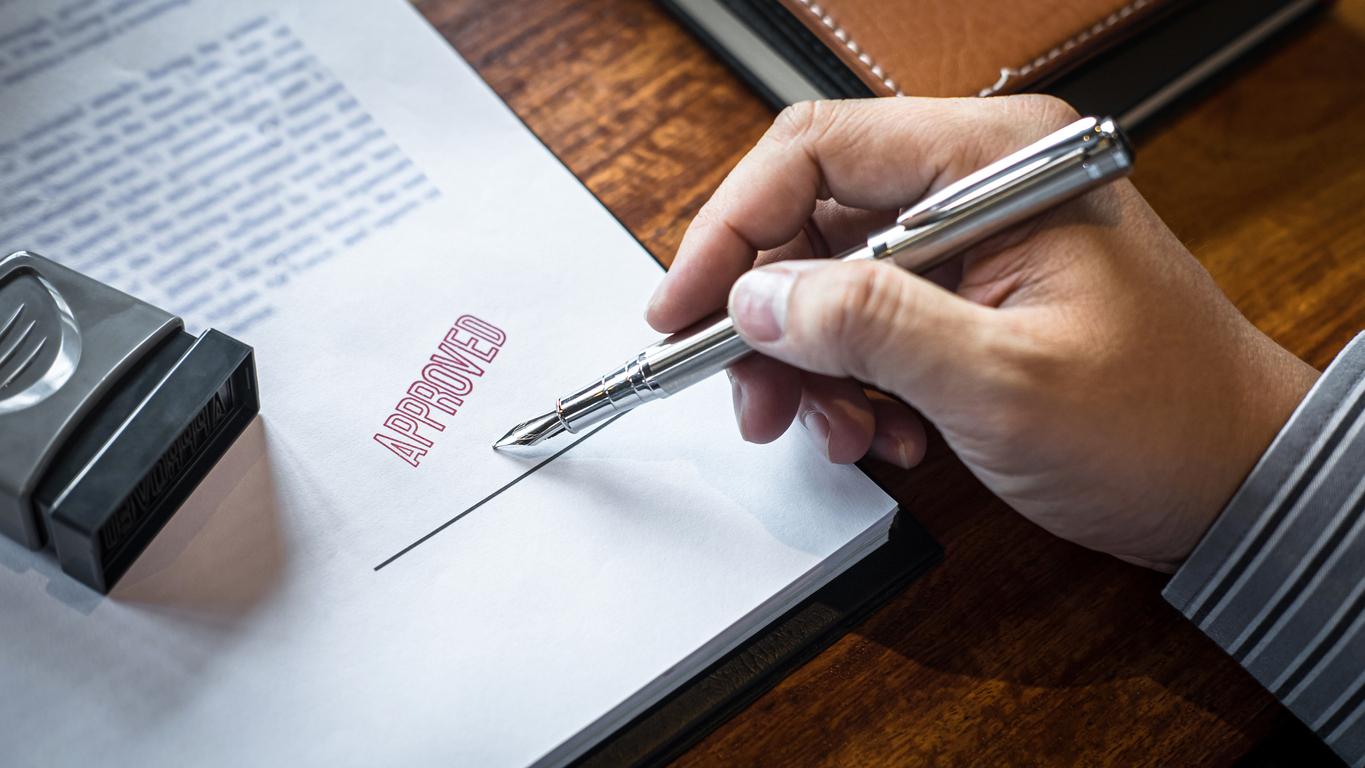There is no “standard” loan in commercial lending just like there is no standard contract so you will need a good banker once you decide once you shop banks and decide who best fits your needs. But there are some basic guidelines that you will need to know.
Depending on the type of property and the occupancy depends on the type of loan you are looking for. For example owner/occupied over 51% you have several options to look at with the lending component.
-
- Traditional loans: These come from banks, which examine your own credit history and that of the business. The longer the business has been around and the more profitable it is, the better your chances of getting a loan are.
- SBA loans: These are ideal options if you have been denied traditional funding. There are two types of these loans: an SBA 7(a) loan or a DC/SBA 504 loan. A 7(a) loan can be used by commercial real estate investors who don’t own a business in the building. For a CDC/SBA 504, you need to be an owner/occupant and your business must create jobs in the community. The SBA doesn’t actually make these loans, but works with approved lenders that follow its guidelines. Qualification requirements are strict.
- Private loans: Also known as bridge or hard money loans, private loans carry higher interest rates and are usually for short duration and special circumstances, such as buying a fixer-upper or obtaining funds while you improve your credit rating enough to get a traditional or SBA loan.
If you are wanting a loan on a pure investment type deal then you will need a loan without the 51% occupancy and again each bank will offer different down payment, interest rate, amortization and balloon options. You will need to shop and compare.
What’s the duration of a commercial real estate loan?
These can range anywhere from 5 to 25 years. Lengthy loans are risky for banks, so the longer the term, the tougher it is to qualify. Shorter-term loans often require a “balloon” payment of the balance at the end. Some banks will not have a prepayment penalty and others will, again you need to shop banks and their options so you can fit the loan to your needs.
What are the interest rates?
Well that question is always changing because the market always changes. The big difference between commercial and residential is that commercial will never be locked in for 30 years. Here is a chart below of all the different type of bank loans for commercial lending charting the rates, LTV ratio, size and term.
Of course, interest rates fluctuate, so keep checking during your search, especially if the Fed has a rate hike.
| Loan | Average Rates | Avg. LTV Ratio | Typical Loan Size | Typical Max Term |
|---|---|---|---|---|
| SBA 504 Loan | 3.55% – 3.64% | 90% | $750,000 | 25 Years |
| SBA 7(a) Loan | 4% – 7% | 85% | $750,000 | 20 years |
| USDA Business & Industry Loan | 5% – 8% | 80% | $200,000 | 30 Years |
| Traditional Bank Loan | 5% – 9% | 80% | $1 million | 12 Months |
| Construction Loan | 5.72% – 9.72% | 75% | $1 million | 36 Months |
| Conduit (CMBS) Loan Loan | 3.16% – 4.74% | 75% | $2 million | 10 Years |
| Insurance Loan (incl. Life) | 3.02% – 4.74% | 70% | $5 million | 30 years |
| FHA Hospital/Senior Care Loan | 3.14% – 3.54% | 80% – 83% | $3-5 million | 40 Years |
| Fannie Mae Apartment Loan | 3.59% – 4.84% | 55% – 80% | $750,000 | 30 Years |
| Freddie Mac Apartment Loan | 3.91% – 4.05% | 80% | $5 million | 10 years |
| Bridge Loan | 5.72% – 11.72% | 80% | $1 million | 36 months |
| Soft Money Loan | 6.50% – 17.50% | 60% – 65% | $150,000 | 8 years |
| Hard Money Loan | 10% – 18% | 60% – 80% | $150,000 | 12 Months |
What about the down payment?
For a traditional bank loan, you’ll need to put down 15% to 35% of the purchase price. CDD/SBA 504s require 10% down, and SBA 7(a)s range from 10% to 15%. For a bridge or hard money loan, you’ll need to put down 35% to 50%.
Will I qualify?
A traditional bank loan usually requires you to have a credit score of at least 700. The occupying business also needs a solid credit score, and must have been in operation for at least a year or two.
SBA loans require a credit score of 680 or higher. For a 7(a) loan, the business must have been in operation for three years. A CDD/SBA 504s can be used for startups, but they need a strong credit rating and excellent financials. Another words don’t try to get a loan if you need it, only if you don’t, they want to see you can take the risk personally.
How long does it take to get a loan?
Though most will tell you to plan for a time frame of 30 to 45 days, you should really expect closer to 45 to 120 days. Since businesses have many variables, calculating their value is notoriously complex.If you can accept the higher interest rates and feel confident about a quick turnaround and sale—or a transition into a longer-term loan—you can get a bridge or hard money loan in as little as a week or two.
You should do as deep a dive as possible into the finances and business plan of the occupying business before making an offer. Of course, the bank will do the same thing if your offer is accepted, but doing your own analysis will lead to a better-informed decision and prepare you for judging future commercial investments.




